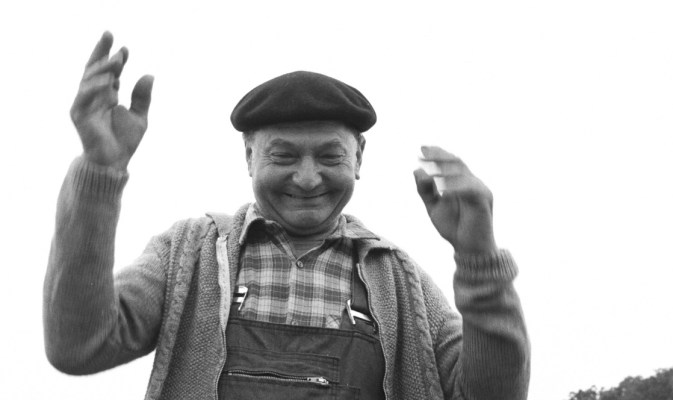
Unfortunately the page or information you were looking for is not yet or no longer available on our new site. Please view our current offerings on the Shop, Courses or Tastings pages.
If you did not find what you were looking for: please reach out to us via the Contact page or call you nearest store: Haarlemmerstraat at +31206222781 (WhatsApp) or Overtoom at +31208202296 (WhatsApp).


 Nederlands
Nederlands
